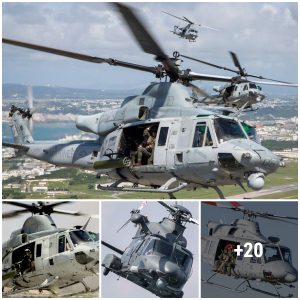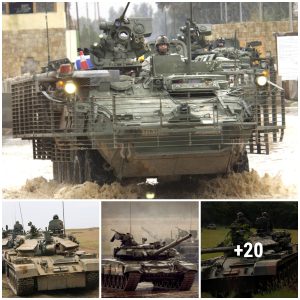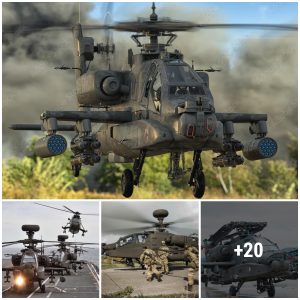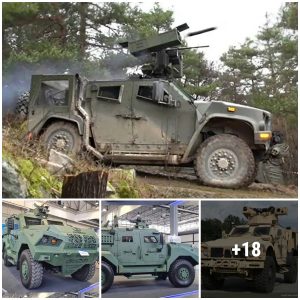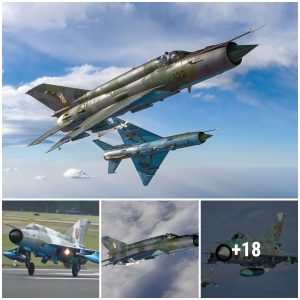Can We Expect a Seventh-Generation Fighter? – Much talk is made of the current “fifth-generation” jet aircraft, notably the Lockheed Martin F-35 Lightning II. It is actually the second fifth-generation fighter, after the Lockheed Martin F-22 Raptor, which was developed as part of the United States Air Force’s Advanced Tactical Fighter (ATF) program that began in the 1980s. The F-22 first entered service in 2005 – sixty years after the end of the Second World War.

In fact, the “generation” designation of our modern aircraft is based on the warbirds built after that conflict. Though the designations were actually only retroactively created, the U.S. Air Force broke down the respective capabilities of the generational designations:
– First-Generation: Jet propulsion
– Second-Generation: Swept wings, range-finding radar, and infrared-guided missiles
– Third-Generation: Supersonic flight, pulse radar, and missiles that can engage opponents from beyond visual range
– Fourth-Generation: High levels of agility, some degree of sensor fusion, pulse-doppler radar, reduced radar signature, fly-by-wire, look down/shoot down missiles, and more.
Where the issue is further complicated, is in how fourth-generation aircraft continue to be enhanced, these have been broken down into sub-generations that include four, four plus, and even four plus plus; while some of the most advanced fourth-generation aircraft even include some fifth-generation capabilities.
Taking the Fifth
As noted, the development of the fifth generation has been a long-time coming – dating back to the ATF program of the 1980s. However, many of the capabilities have been greatly enhanced since.
Thus, a fifth-generation aircraft is best defined as one that features stealth, low-probability-of-intercept radar (LPIR), agile airframes with supercruise performance, advanced avionics features, and highly integrated computer systems capable of networking with other elements within the battlespace for situation awareness and C3 (command, control, and communications) capabilities.
The current F-35 best exemplifies a fifth-generation aircraft, and it can also be described as a flying computer as it has more software than any other air combat aircraft, with seven million lines of code in the aircraft and a further seven million lines of code in the supporting ground systems. The F-35 is expected to remain in service through the 2070s.
The Sixth-Generation
Efforts are currently underway to develop the next-generation of combat aircraft, with the United States, Japan, Russia, the United Kingdom, Sweden, Italy, France, Germany, Spain, China, and India all currently involved in producing a sixth-generation fighter that could enter service by the middle to late 2030s.
As these efforts are still very much in the early stages, there is no conclusive agreement on what exactly defines a sixth-generation fighter, but it is generally would include enhanced human-systems integration that could include a helmet-mounted display with a 360-degree vision, artificial intelligence (AI) enhanced battlefield awareness, advanced stealth airframes, and avionics, increased-range stand-off and beyond visual range (BVR) weapons, and advanced digital capabilities that could further feature AI, data fusion, cyber warfare, and data-to-decision (D2D) capability.
A key facet of the sixth-generation would be that the aircraft could be optionally manned, and supported by autonomous drones, the so-called “loyal wingman.” Moreover, the aircraft could be equipped with directed energy weapons, including high-powered microwaves and lasers that could be used to counter incoming weapons, but which could also be employed offensively.
